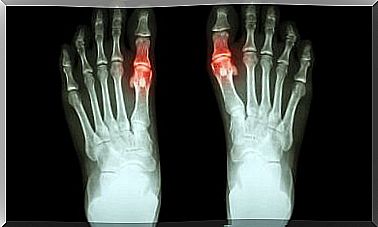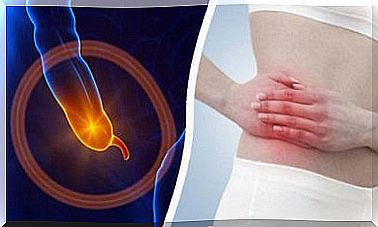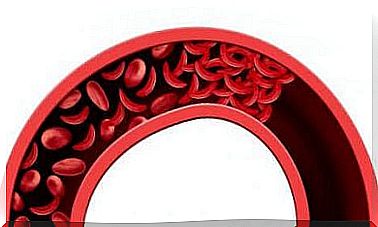Five Tips For Cleaning Your Faucets
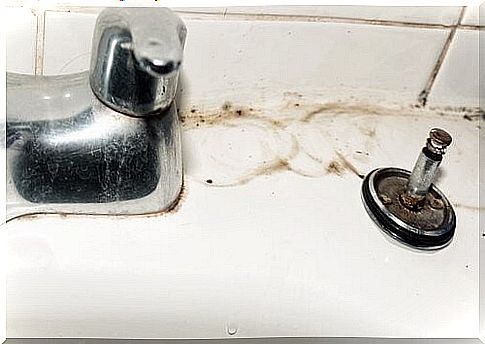
As much as you once try to keep your house clean, your faucets can sometimes play a trick on you. This is especially true if you live in an area with hard water.
The state of your water causes limescale deposits that remove the gloss of your faucet. Or it can cause white and yellow spots that are very difficult to remove.
Today we want to give you some advice for cleaning faucets in your home easily and efficiently.
We are going to use natural ingredients. This way you do not have to resort to commercial products. Many times, these products do not give the results they promise.
How to make your faucets look shiny new
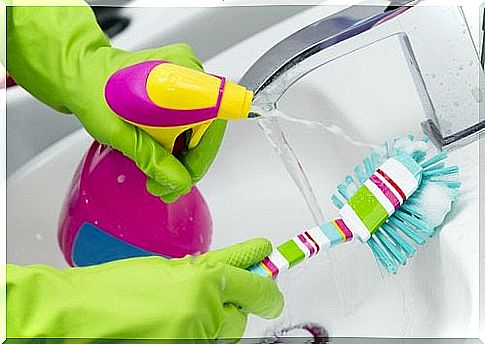
Hard water is water that has a high content of minerals. It especially has magnesium and calcium salts.
If you live in a region where this type of water is common, you have probably had to fight with limescale buildup. This is formed on specific surfaces in your house that are in contact with hard water.
In severe cases, the buildup may have partially blocked the water from getting out of your faucets.
The stains caused by lime seem to be difficult to get rid of. But with a good descaler, anything is possible.
The good news is that the best products to get rid of these stains are things you probably already have at home.
It will take a little patience and effort on your part. But you will definitely see the best results when you clean your faucets.
Learn more!
1. White vinegar or lemon: A great help in cleaning your faucets
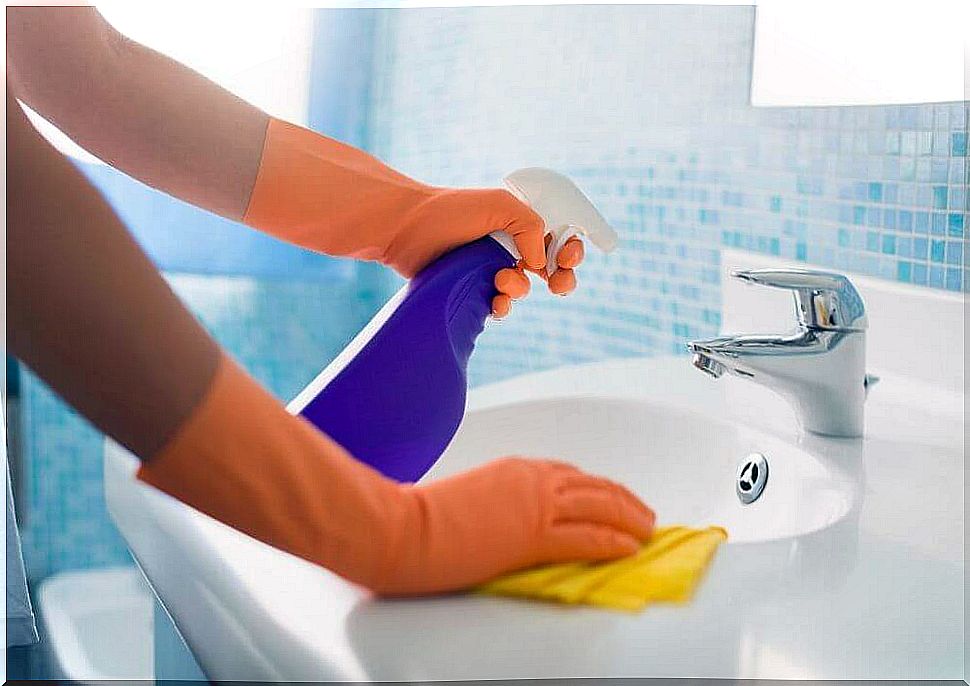
One formula that is very effective in getting rid of limescale buildup in your faucets is to use a mixture of white vinegar with water. If you do not have vinegar, you can use lemon juice.
Ingredients
- 1/2 cup vinegar or lemon juice
- 1/2 cup water
What should you do?
- First, soften a piece of paper towel or a clean cloth with this liquid. Wrap the faucet in it.
- Then cover the tap with a plastic bag.
- Let the mixture work for at least an hour.
- Take the bag off.
- With a brush, scrub the faucet well.
- Rinse with plenty of water and dry.
This method also gives good results in removing lime ingrained in coffee machines and boilers. They will look like new!
2. Ethyl alcohol: Make your faucets shiny
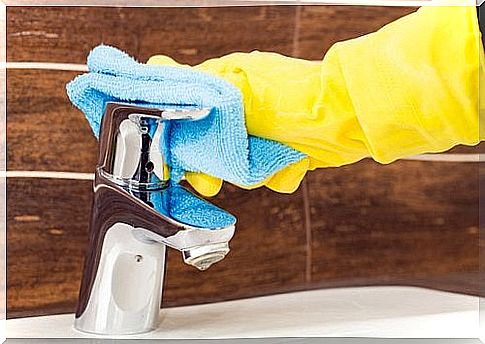
Ethanol, also called ethyl alcohol, is an antiseptic. In general, most homes have it available.
This is also a great option for cleaning your faucets.
What should you do?
You only need to soften a towel with this liquid and rub after. You will see the lime disappear and your faucets will get their usual shine back.
Flour: A food that also removes stains from the tap
Flour is a food you definitely have in your pantry. Did you know that it can also help you get your faucets clean and shiny?
What should you do?
- For this trick to work, your faucet must be completely dry.
- Then sprinkle flour on the tap.
- Take a cloth and rub your faucet until it shines. You can see that the limescale stains disappear.
4. Toothpaste: it also cleans your faucets
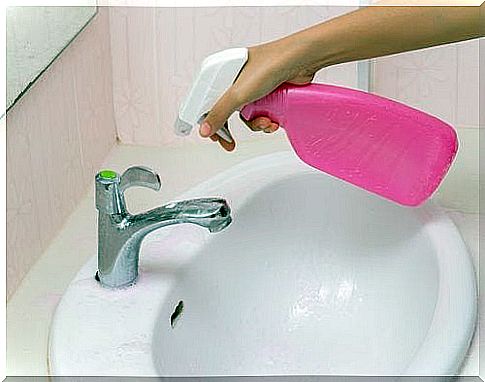
In addition to guaranteeing that you have healthy and beautiful teeth, toothpaste is the perfect remedy for cleaning your faucets.
In this case, exclude gold or bronze faucets.
What should you do?
- Apply the toothpaste on the surface.
- Rub well with a smooth towel.
- Rinse.
5. Do not forget to clean your washbasin filters
If you live in areas with hard water, it is likely that you are using filters on your faucets.
In that case, remember that lime also builds up here. It also removes your water pressure. Therefore, you also need to clean them.
How do you clean limescale buildup in your filters?
- Remove the filter.
- Dip it for a few hours in a mixture of equal amounts of vinegar and warm water.
- If any limescale residue remains, remove them with a needle.
- Wash the filter well and put it back in place.




